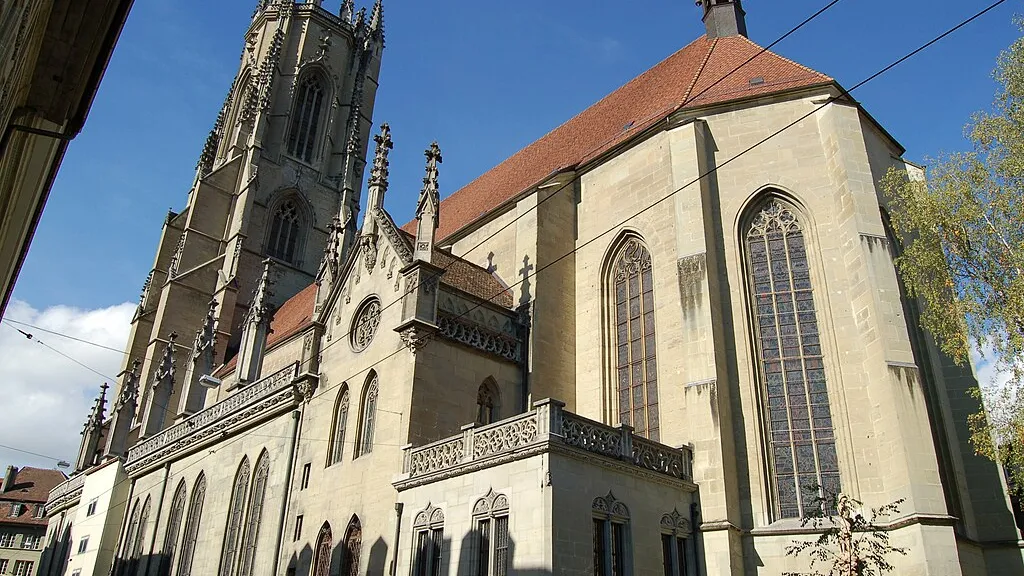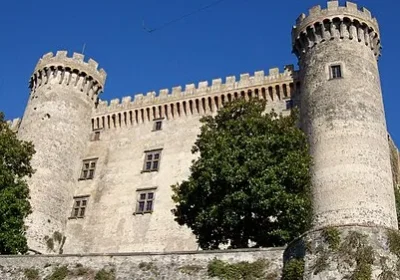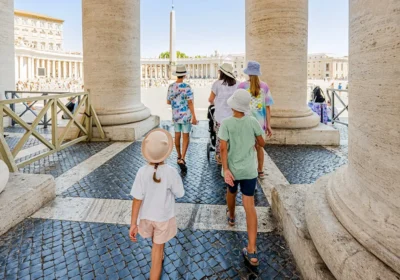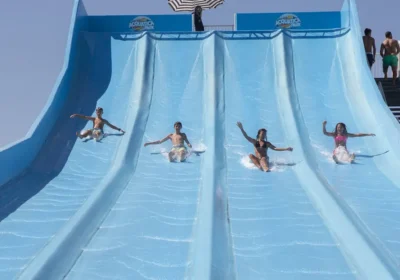Fribourg (French: Fribourg) or Freiburg (German: Freiburg) (610 metres above sea level, ca. 37,000 inhab.)
Fribourg (literally the name means “Free City”) is a city in south-western Switzerland, on the Saane River (German Saane, French Sarine), bordering the Fribourg Alps, the capital of the canton of Fribourg. The city is multilingual: about 58 % of the population speaks French, 22 % % of the population speaks German, 5 % % % of the population speaks Italian, and so on.
The city was founded in 1157, and since then, despite the invasion of the Reformation, it has managed to remain an exclusively Catholic city. Fribourg has managed to preserve its medieval centre almost entirely, making it one of the largest “old towns” in Europe.
Fribourg joined the Swiss Confederation in 1481.
MEMORIAL NOTES
Cathedral of St. Nicholas (French: Cathédrale Saint-Nicolas). The building was built in several phases from 1283 to 1490.
Fortification City Wall is one of the most important medieval military installations in Switzerland: 2 kilometres of ramparts, 14 towers and one large bastion. The fortifications are best preserved in the east and south of the city.
Ratusha (French: Hôtel de Ville) is a 16th-century structure. The town hall attracts attention with its octagonal tower, where mechanical figures chime every hour.
The Funiculaire Neuveville-St.Pierre (French: Funiculaire Neuveville-St.Pierre) was created at the very end of the 19th century. It is the last water ballasted funicular in Switzerland. It is on the list of the country’s national heritage.
The covered wooden bridge (French: Pont de Berne), built as early as 1580.
MUSEUM
Museum of Mechanical Wonders (French: Espace Jean Tinguely – Niki de Saint Phalle). The museum displays numerous works by Jean Tinguely as well as Niki de Saint Phalle.
Museum of History and Art (French: Musee D’Art et D’Histoire). The museum was founded back in 1873. The museum has a magnificent collection of late Gothic sculptures and paintings. There is also a large collection of archaeological finds from prehistoric and Roman periods, as well as a remarkable series of Burgundian belt buckles.
Swiss Marionette Museum (French: Musee Suisse De La Marionnette).
Museum of Modern Art (French: Fri-Art – Centre d’art contemporain).
.

















